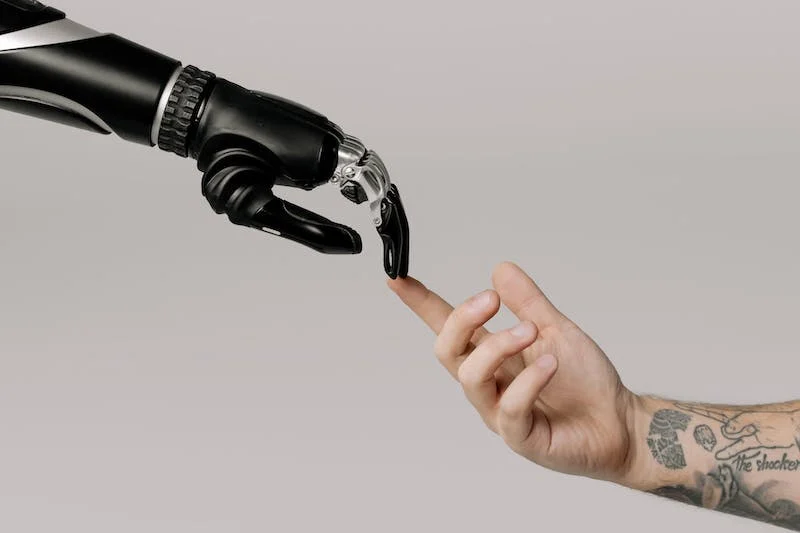Contents
- 5G Expansion: A New Digital Foundation
- 5G as a Catalyst for IoT’s Next Phase of Growth
- The Rise of Smart Cities Powered by 5G
- Autonomous Vehicles: Built for a 5G World
- Immersive AR/VR Flourishes with 5G Bandwidth and Low Latency
- Early 6G Concepts Begin to Take Shape
- Internal Links
- External Sources
- Conclusion: A New Era of Intelligent Connectivity
The global rollout of 5G is reshaping the technological landscape faster than many policymakers and analysts expected. Once marketed largely as a speed upgrade, 5G has now evolved into a transformational platform that supports everything from smart city sensors and industrial automation to self-driving vehicles and immersive mixed-reality experiences. Around the world, industries are recognizing 5G not merely as a telecom improvement but as a foundational architecture for the next decade of innovation. As noted by the Singsys Blog, the technology is creating new possibilities by enabling ultra-fast, ultra-reliable, and highly scalable connectivity—capabilities that traditional networks could never deliver.
The broad adoption of 5G is also creating a new competitive landscape. Countries that accelerate deployment are positioning themselves as global leaders in autonomous mobility, advanced manufacturing, AI-driven operations, and digital infrastructure. In this sense, 5G has become strategically important: nations and enterprises now view it as a key driver of national security, economic development, and technological competitiveness. This shift underscores why 5G is central to the “connected future”—a world where devices, systems, and data interact in real time, powering new experiences and business models.
5G Expansion: A New Digital Foundation
The rapid spread of 5G networks represents far more than a telecom milestone. It marks the beginning of a new era in which high-speed, low-latency connectivity is treated as essential infrastructure, on par with transportation networks and power grids. As 5G becomes more widespread, it enables businesses and governments to build sophisticated digital ecosystems that depend on instantaneous data exchange. This digital foundation is crucial for the massive surge in IoT devices, cloud-native applications, real-time analytics, and AI-enhanced systems.
One of the most impactful aspects of 5G is its ability to support network slicing, a feature that allows telecom operators to allocate dedicated bandwidth to specific industries or use cases. For example, hospitals can receive ultra-reliable low-latency service for remote surgery tools, while logistics networks can receive slices optimized for tracking, automation, and fleet communication. This dynamic allocation model illustrates why 5G is being adopted not only as a consumer technology but as a backbone for critical operations and intelligent infrastructure.
5G as a Catalyst for IoT’s Next Phase of Growth
The Internet of Things is growing rapidly, and 5G is the technology driving this expansion into a new phase of scale and sophistication. Traditional wireless networks struggled to support millions of concurrent connections, but 5G can manage dense device environments with ease. This makes it ideal for sensor networks, manufacturing systems, environmental monitoring, and advanced robotics—all fields where devices need to communicate constantly and reliably.
With 5G, IoT deployments can become much more ambitious. Smart factories can coordinate fleets of robots in real time, adjusting their activities based on sensor data and predictive analytics. Smart agriculture can track soil conditions, crop health, and irrigation systems across massive fields, optimizing food production. Smart retail can respond instantly to customer behavior, managing everything from inventory to personalized promotions. These applications illustrate how deeply 5G and the connected future are intertwined.
The Rise of Smart Cities Powered by 5G
The concept of smart cities has existed for years, but 5G is finally allowing urban planners to bring these ideas to life at scale. Modern cities are deploying 5G-enabled sensors, AI-driven analytics, and connected infrastructure to improve public services, reduce waste, and respond rapidly to urban challenges. From intelligent traffic systems that adjust dynamically to congestion, to energy grids that balance consumption in real time, 5G is facilitating the transition to more efficient and sustainable cities.
A critical advantage of 5G-driven smart cities is their ability to integrate multiple systems into a cohesive, data-driven ecosystem. Public safety systems can connect seamlessly with emergency services; environmental sensors can trigger alerts for pollution spikes; public transportation networks can adjust schedules automatically based on demand patterns. These innovations demonstrate how 5G serves as the connective tissue of modern urban development.
Autonomous Vehicles: Built for a 5G World
One of the most significant beneficiaries of 5G is the autonomous vehicle industry. According to TechMag.es, self-driving cars and smart mobility systems rely on instantaneous communication between vehicles, sensors, and cloud-based analytics platforms. Without the low-latency capabilities of 5G, it would be impossible to support the real-time decision-making needed for safe autonomous travel.
In addition to cars, 5G is transforming drones, public transit, logistics fleets, delivery robots, and even maritime and aviation systems. By supporting rapid data exchange between moving parts of the transportation ecosystem, 5G reduces accidents, improves routing efficiency, and allows autonomous systems to operate collaboratively. As mobility continues to become more automated, 5G will remain one of the core technologies powering its evolution.
Immersive AR/VR Flourishes with 5G Bandwidth and Low Latency
Augmented reality and virtual reality demand extremely reliable, high-bandwidth connections. With 5G, these immersive technologies can finally reach their full potential. Consumers can enjoy lag-free VR gaming, high-resolution virtual workspaces, and AR applications that integrate seamlessly with their surroundings. In professional environments, 5G enables real-time surgical visualizations, remote repair support, digital twins of industrial equipment, and collaborative training simulations.
The ability for AR/VR devices to offload rendering to the cloud—known as cloud XR—means future headsets can become lighter, cheaper, and more accessible. As these technologies mature, they will be critical elements of the connected future across education, entertainment, manufacturing, and healthcare.
Early 6G Concepts Begin to Take Shape
Even as 5G continues to roll out globally, researchers are already exploring the next frontier: 6G. As highlighted by TrendEPost.com, early prototypes and theoretical models suggest that 6G could deliver speeds up to 100 times faster than 5G, along with AI-native network intelligence, terahertz-spectrum communications, and unprecedented reliability.
Visionaries believe 6G could support immersive holographic interactions, advanced spatial computing, and seamless integration between physical and digital environments. Although widespread deployment is still many years away, early exploration signals that the evolution of connectivity is ongoing—and accelerating.
Internal Links
External Sources
- TechMag.es — https://techmag.es
- TrendEPost — https://trendepost.com
Conclusion: A New Era of Intelligent Connectivity
The expansion of 5G is ushering in a new era in which connectivity becomes deeply embedded in the way societies, economies, and industries operate. Whether through autonomous vehicles, smart city systems, advanced IoT networks, or next-generation immersive experiences, 5G is the invisible engine powering countless innovations. It enables devices to communicate in real time, supports new business models, and lays the groundwork for emerging technologies that will define the next decade.
As research into 6G accelerates and global adoption of 5G continues, the world is moving steadily toward a future in which connectivity is faster, smarter, more reliable, and more deeply integrated into daily life. 5G and the connected future are not just technological trends—they are shaping the foundation of how society will function in the years to come.




